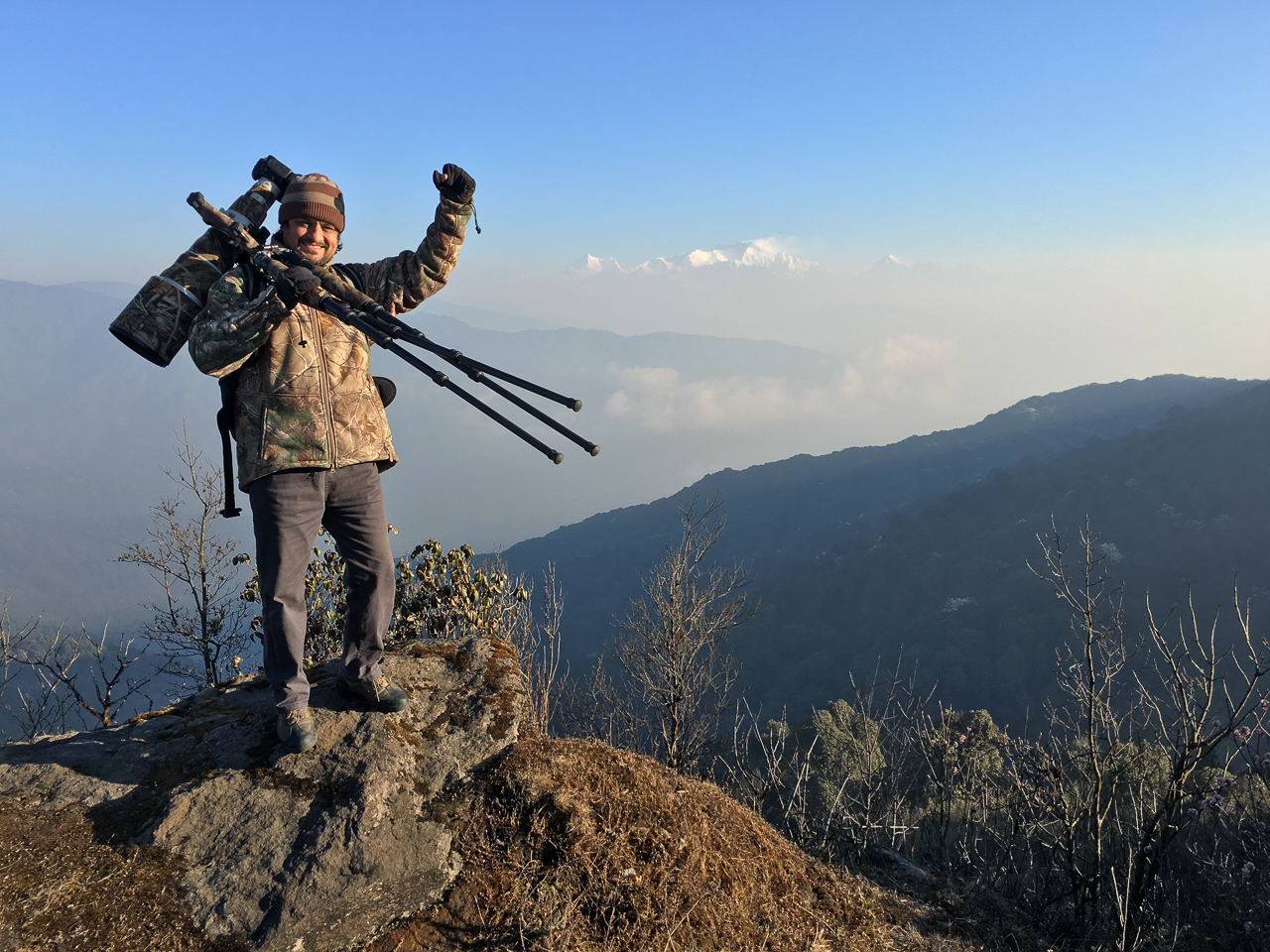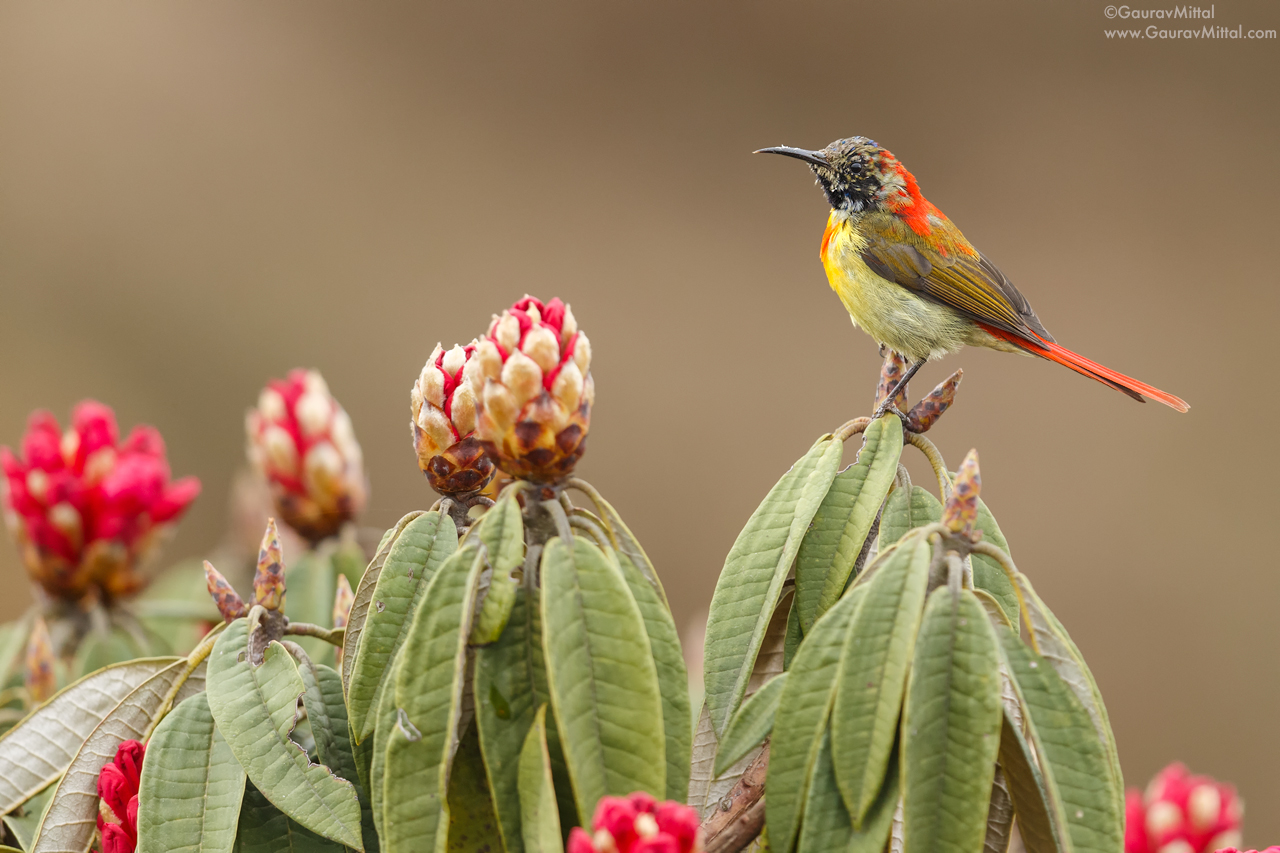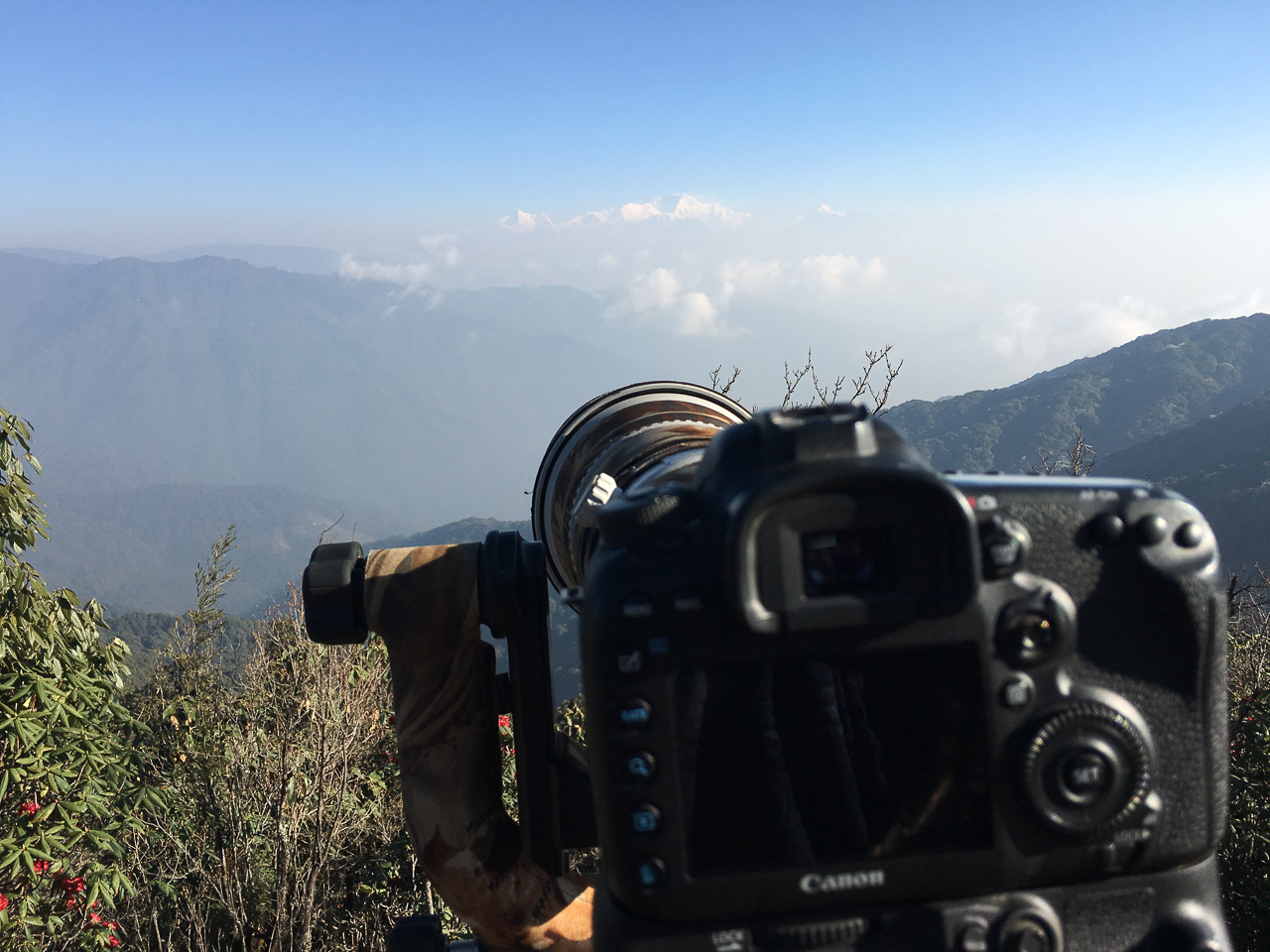30
Aug
Tips For Photographing Birds at High Altitudes – Part I
- By Gaurav Mittal
- No Comments
In this two-part article, I provide you with tips for photographing birds at high altitudes. Do note, while the shooting conditions are different from sea level, there may be some overlap in techniques when shooting in different conditions or locations. We photographed birds at an altitude of 10,000 feet above sea level.
I have made two trips to Northeast Bengal to scout the best possible locations for future bird photography tours with my good friend Debapratim Saha (a zoologist and an expert bird photographer residing in the state of West Bengal). He has a vast knowledge and experience with the birds of this region. Our target locations included Mahananda Wildlife Sanctuary, Neora Valley National Park, and Singalila National Park. These parks are located in the Darjeeling district of West Bengal and are some of the richest biological zones in India with a rich variety of mammals, birds, and reptiles. March through May is the best time of year to see and photograph the birds in their rich plumage.
In this two-part article, I provide you with tips for photographing birds at high altitudes. Do note, while the shooting conditions are different from sea level, there may be some overlap in techniques when shooting in different conditions or locations. We photographed birds at an altitude of 10,000 feet above sea level.
Research and Preparation
Researching your subject and location is the first step to achieving success in bird photography. Before you take on long trips into exotic locations, make sure that you understand the environment, the terrain, and your subjects. The first thing that comes to mind when you think of high altitude areas is mountains, cold conditions, lack of oxygen, and difficult and steep terrains. After research and the information provided to me by my friend, I learned that we would be weathering some challenging situations and that I needed to come prepared accordingly. The night before departure, my checklist was complete: hiking shoes that could withstand tough climbs and provide me with stability, gloves, head cover, thermals, jackets, pants that would keep me warm, and rain/snow protection covers for my photography equipment. Last but not least, a first aid kit for any emergencies. Being prepared ahead of time helps you remain secure and focused on photographing the birds.
Camera Equipment and Accessories
What kind of camera, lens, and tripod you use directly impacts your success and the quality of the images you create. When shooting in mountain forests, the light is often dull and can change from minute to minute; in these low light conditions, you’ll often find yourself pushing your ISO up to get faster shutter speeds. I suggest that you pick a camera body that has good ISO performance and can output high-quality images. At high altitudes, you’re often shooting very small and skittish birds at a distance. A long fixed focal length lens, such as a 500mm or 600mm lens, is ideal as it provides reach and works well in low light. These lenses are also fast and very sharp. If you are on a budget or want the flexibility of zooming in and out, a zoom lens (such as a 150-600mm lens) is another option. Don’t forget to keep a 1.4/2.0X extender handy; you’ll often find yourself needing the extra reach. It is extremely important to have a light carbon fiber tripod with a gimbal head so you can mount the camera and lens on it. Shooting small birds in low light while hand holding your camera gear is nearly impossible. Moreover, the lighter your equipment the easier the trekking.
Having a hide and wearing dull-colored clothing is very helpful when shooting mountain birds as their extreme skittishness makes them very hard to get close to. Remaining obscure and hidden at a safe distance increases your odds of not being spotted and not disturbing the birds’ natural behaviors.
Beware of Equipment Failure
When shooting at higher elevations in mountain forests and in very cold conditions, keep in mind that your camera batteries can lose power very fast. I recommend keeping spare batteries in your warm jacket pockets and switching them out as needed. Batteries will regain power if kept in a warm place. Also, when you come in from a cold morning of shooting and bring your cold equipment into a warm room, the moisture condenses out of the warm air and onto the cold equipment. The condensation collecting inside the equipment can affect the electronics of your camera and the glass inside the lens. Leaving the equipment in the room eventually dries out the moisture but you should disconnect the batteries immediately and only connect them once the equipment has dried. To avoid loss of battery power and condensation in the first place, I recommend leaving the batteries bundled up in some clothes and keeping the heat in the room to a minimum so the air has minimal moisture.
To be continued… Tips for photographing birds at high altitudes – Part 2







Submit a Comment